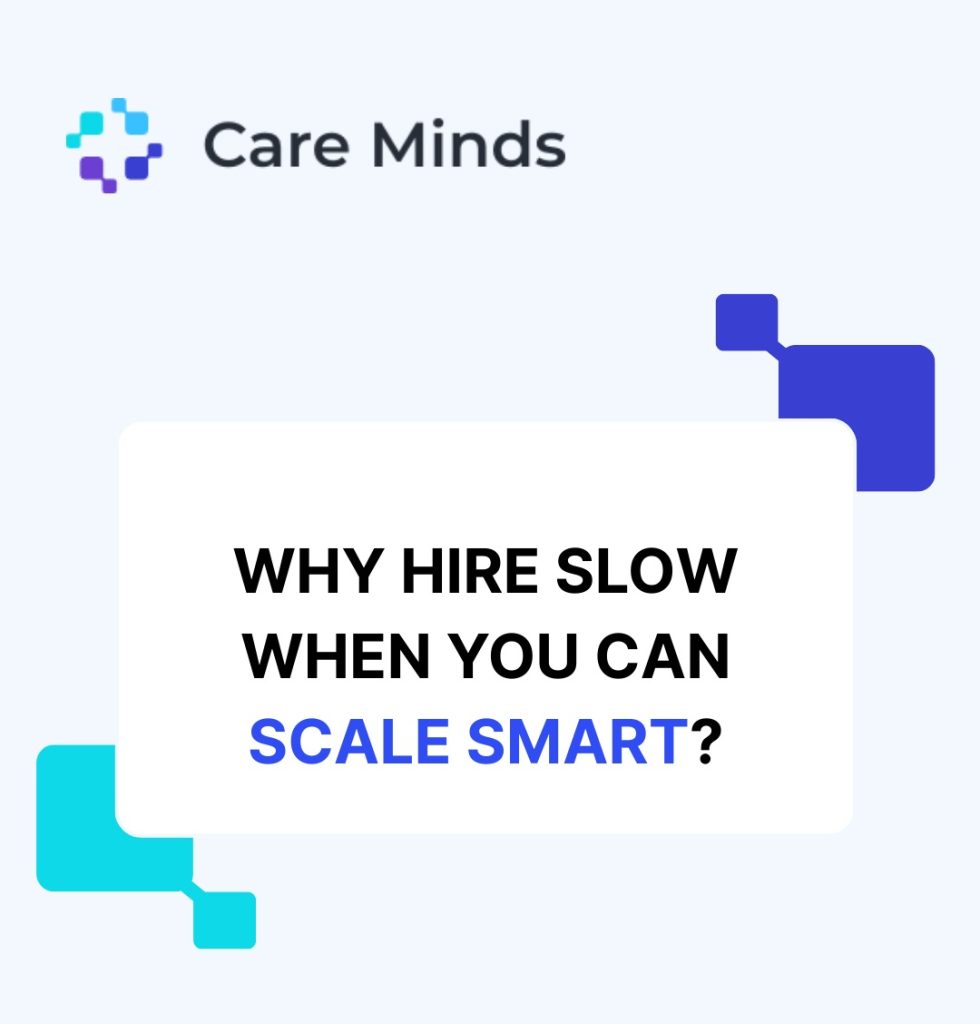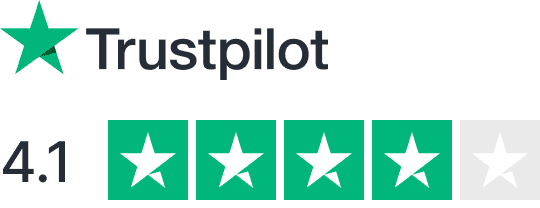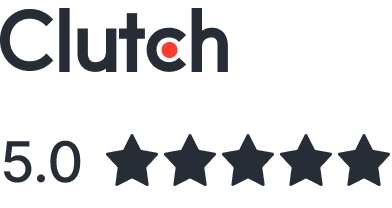Author

Pavel Tantsuira
CEO, Founder CareMinds
Passionate about technology that improves lives. Experienced in leveraging top talent, processes, and technology to help IT Leaders focus on strategy and achieving product milestones
AI is changing everything – from diagnostics to patient engagement—and expectations are soaring. But building secure, compliant AI systems in a regulated healthcare environment is no small feat.
While U.S.-based AI talent is scarce and expensive, CTOs are increasingly looking south, to the thriving tech ecosystems of Latin America, for engineering power. Yet one critical question remains: Can you safely augment staff with LATAM developers and still meet strict U.S. healthcare compliance requirements?
Let’s unpack this challenge and the opportunity it presents.
The Realities of AI in U.S. Healthcare
Artificial intelligence in healthcare isn’t optional anymore. From predictive analytics to generative documentation and automated decision support, the clinical and operational stakes are rising. Yet with that rise comes risk, particularly when working with Protected Health Information (PHI) or when AI outputs influence patient care.
That’s why every healthcare CTO I speak with is asking the same thing:
“Can I augment my AI team with nearshore developers and still stay compliant with HIPAA, CMS, and FDA AI/ML regulations?”
The answer is yes, but only if compliance isn’t an afterthought.
Compliance Is Not Just a Checkbox – It’s Infrastructure
Here’s the truth: When it comes to AI in healthcare, compliance isn’t just about storing data securely. It’s about end-to-end risk management – how your models are trained, how your data is labeled, how your code is versioned, and who accesses what, when, and why.
To augment your AI team responsibly, your LATAM partners need to:
- Understand and adhere to HIPAA privacy and security standards
- Use infrastructure that meets HHS guidelines for handling PHI
- Follow secure software development lifecycle (SDLC) practices
- Maintain audit trails and access logs
- Know the limits of FDA oversight over AI/ML-enabled Software as a Medical Device (SaMD)
- Avoid training models on real PHI without proper data use agreements (DUAs)
At CareMinds, we don’t start with code – we start with governance. Every AI developer we deploy from LATAM is vetted not just for skill, but for regulatory literacy and secure-by-design workflows.
Understanding the Regulatory Landscape
The Health Insurance Portability and Accountability Act (HIPAA) sets the standard for protecting sensitive patient data. When engaging with external developers, especially from abroad, ensuring HIPAA compliance becomes paramount. AI developers handling Protected Health Information (PHI) must adhere to strict data privacy and security standards.
However, HIPAA doesn’t provide explicit guidelines for AI applications, leading to ambiguities. For instance, AI chatbots interacting with patients must ensure that any PHI they process is adequately protected, but the specifics of such protections are not clearly defined in current regulations.
Challenges in Cross-Border Compliance
Engaging LATAM developers introduces additional complexities:
- Data Transfer Regulations: Transferring PHI across borders requires compliance with both U.S. and local data protection laws.
- Business Associate Agreements (BAAs): Under HIPAA, any third-party handling PHI must sign a BAA, ensuring they uphold the same standards of data protection.
- State-Specific Laws: States like California have enacted additional regulations, such as the California Consumer Privacy Act (CCPA), which may impose further obligations on data handling and transparency.
Bridging the Compliance Gap
To effectively integrate LATAM AI developers while maintaining compliance:
- Robust Contractual Agreements: Ensure all contracts include comprehensive BAAs and clearly outline data protection responsibilities.
- Regular Compliance Training: Provide ongoing training for external developers on HIPAA and other relevant regulations.
- Data Minimization and Anonymization: Limit the PHI shared with external developers and employ techniques to anonymize data where possible.
- Audit and Monitoring: Implement regular audits to ensure compliance and address any potential vulnerabilities promptly.
The LATAM Advantage: High-Caliber AI Talent with Nearshore Efficiency
Countries like Brazil, Colombia, and Argentina have become AI talent powerhouses. Their universities are turning out ML engineers, data scientists, and NLP experts at scale, and many are fluent in U.S. healthcare terminology due to prior exposure to payer and provider tech projects.
Why this matters:
- Same-day collaboration: Unlike offshore models, LATAM teams work in your time zone.
- Cultural fluency: English proficiency and U.S. workplace norms reduce friction.
- Engineering excellence: Many LATAM professionals contribute to global open-source AI projects and use leading frameworks like TensorFlow, PyTorch, and Hugging Face.
But raw skill is not enough. Without compliance guardrails, these advantages turn into liabilities. That’s why augmenting AI teams in healthcare must be compliance-first, talent-second.
AI-Specific Compliance Considerations for Staff Augmentation
Let’s break down what you, as a CTO, must demand when augmenting AI teams in a healthcare context:
- HIPAA Training + Signed BAAs
Every AI developer who touches infrastructure, even indirectly, should undergo HIPAA training. Your augmentation partner must sign a Business Associate Agreement (BAA) if developers will handle PHI or access systems where PHI resides.
At CareMinds, HIPAA and HITECH training are mandatory. We also maintain signed BAAs and contractual audit provisions.
- Data Use Governance
AI developers often need access to datasets to fine-tune or validate models. That access must:
- Be anonymized or de-identified if PHI is involved
- Comply with 45 CFR §164.514(b) for de-identification
- Be covered by DUAs with your institution
Developers should never receive full access to PHI without legal and procedural safeguards in place.
- AI Lifecycle Security
Augmented AI teams must follow secure MLOps practices:
- Version control for model weights and training data
- Role-based access to data labeling and experimentation environments
- Infrastructure that meets or exceeds NIST and HHS standards (SOC 2, ISO 27001, etc.)
- FDA Readiness (if Applicable)
If your AI product qualifies as a SaMD (e.g., a diagnostic algorithm), you’ll need processes that align with the FDA’s Good Machine Learning Practice (GMLP) framework.
We, like your augmentation partner, understand:
- Pre-submission documentation practices
- Dataset diversity and bias mitigation strategies
- Post-market performance monitoring
Even if you’re pre-FDA, planning now protects you from retroactive compliance debt later.
Author’s Take: The Regulatory Gap Needs Closing
We’re in a strange moment: regulatory frameworks are evolving slowly, but innovation is moving fast. There’s no unified playbook for how to safely augment AI teams across borders in healthcare – yet.
That’s why, at CareMinds, we’ve begun developing a Compliance-by-Design Framework for nearshore AI augmentation. It includes:
- Risk-tiering roles based on PHI exposure
- AI-specific onboarding checklists for developers
- Standardized documentation templates for FDA alignment
My belief? The future will require formalized cross-border compliance certifications, especially as AI scales into diagnostics, decision support, and RCM automation.
Until then, it’s on CTOs and their partners to self-regulate carefully, proactively, and with full transparency.
Final Word: Compliance Is the New Velocity
Speed is essential in AI innovation. But in health tech, speed without compliance is a risk multiplier. That’s why AI staff augmentation with LATAM talent only works when compliance isn’t a bolt-on – it’s baked in from day one.
At CareMinds, we help CTOs build AI teams that are agile, affordable, and auditable. Our nearshore model gives you access to elite AI developers trained in U.S. healthcare regulations, so you can innovate without compromising.
Get HIPAA-Ready Talent
FAQs
Can LATAM developers legally access Protected Health Information (PHI)?
Yes, but only under strict conditions. They must be designated as Business Associates under HIPAA, with signed BAAs in place. Additionally, their access must be limited to the minimum necessary data, and their work must comply with U.S. and local data privacy laws.
Is a Business Associate Agreement (BAA) required when working with nearshore AI teams?
Absolutely. A BAA is required for any third-party contractor that may access, store, or process PHI. U.S. healthtech organizations must ensure their nearshore partners sign and adhere to a BAA before work begins.
What are the risks of non-compliance when hiring international developers?
The risks include civil monetary penalties from HHS OCR, potential lawsuits, and reputational damage. Violations of HIPAA or state laws like the California Consumer Privacy Act (CCPA) can also result in audits, fines, and contract breaches with payers or providers.
How can I ensure LATAM developers follow HIPAA and U.S. healthcare compliance standards?
Work with partners who offer HIPAA-compliant onboarding, training, and audit-ready processes.
Can LATAM-based teams host or store PHI on their infrastructure?
Generally, no. It is safest and most compliant to restrict PHI hosting to U.S.-based cloud platforms that meet HIPAA standards (e.g., AWS, Azure). Developers should only access data via secure, controlled environments – ideally through remote U.S.-based VMs or containerized access systems.
What types of AI development tasks are low-risk from a compliance perspective?
Non-PHI-related work like model training on synthetic data, interface development, algorithm prototyping, and analytics dashboards (fed only anonymized data) can often be performed without full HIPAA exposure – significantly reducing regulatory burden.















